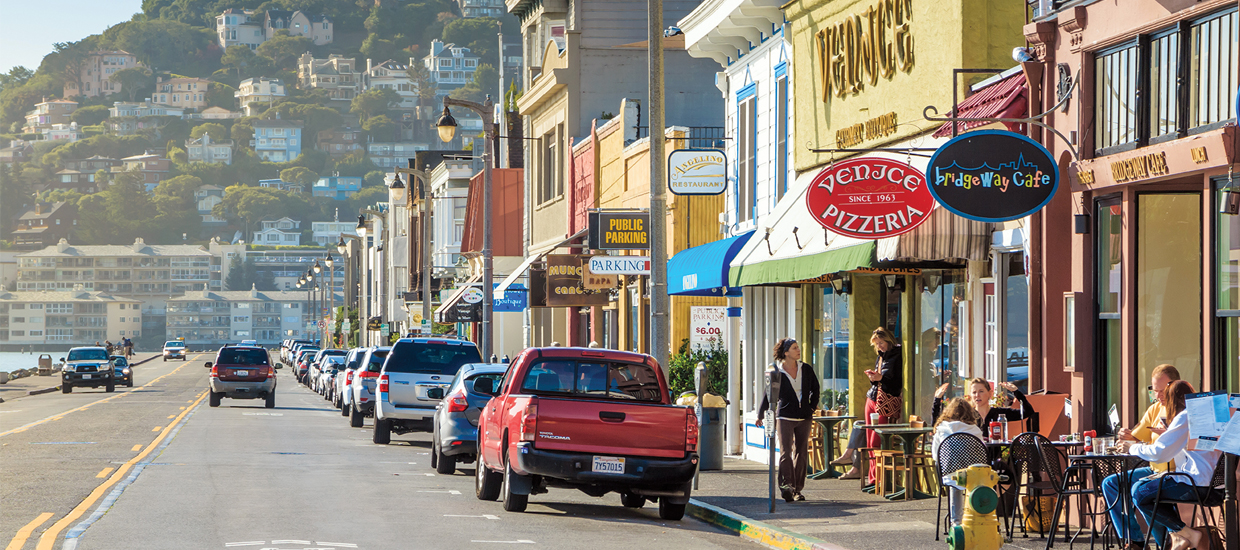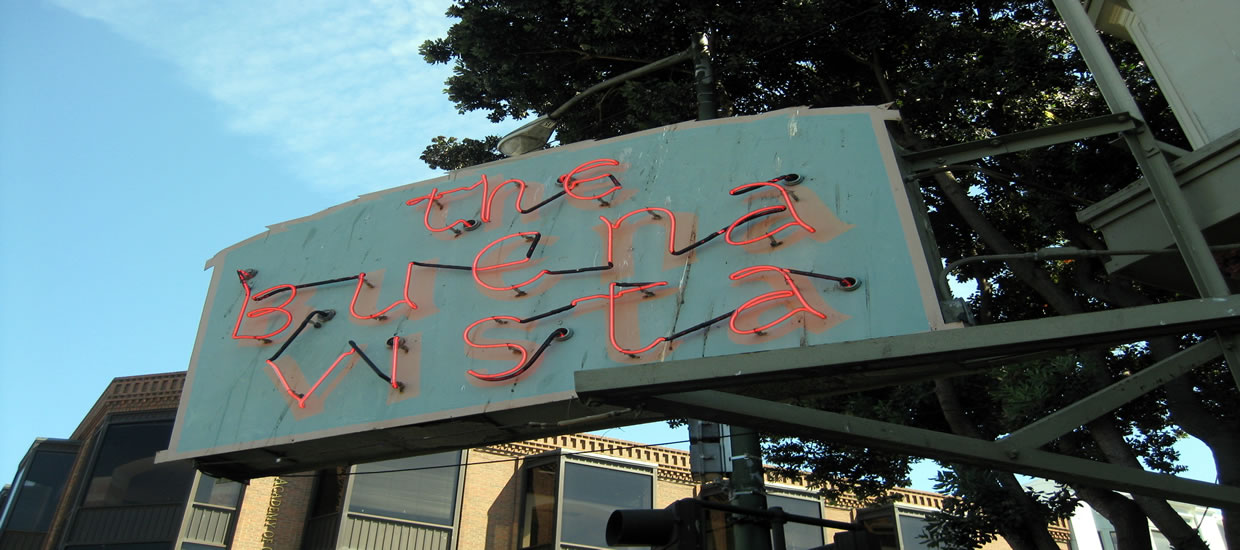In 1949, an unlikely group of philosophers, artists, architects and musicians gathered in Aspen for a cultural conference. Referred to as the Goethe Bicentennial Convocation in honor of what would have been Johann Wolfgang von Goethe’s 200th birthday, the celebration welcomed lecturers of international fame—among those was theologian and musician Albert Schweitzer, whose sole pilgrimage to the United States was motivated by the event.
Aspen was still relatively untouched terrain at the time, but the festival drew national attention to the area as it developed as a winter resort for skiing, as well as a holistic summer destination that embraced the Greek ethos of “mind, body and spirit.” What the bicentennial’s founders couldn’t have comprehended as they joined together was the new identity they would be helping to cultivate for the city: Aspen as an arts hub.
Fast-forward to summer 2014—more than 60 years after that initial gathering—the reopening of the Aspen Art Museum further crystallized the city’s reputation as a domestic fine arts capital. Today, Colorado’s Roaring Fork Valley attracts hundreds of artists and galleries; hosts festivals, workshops and fairs; and houses numerous museums and arts centers, each of which serves a different niche in the larger arts community. With so much on display, the choice for visitors isn’t what to see—it’s how to fit it all in.
Breaking Ground
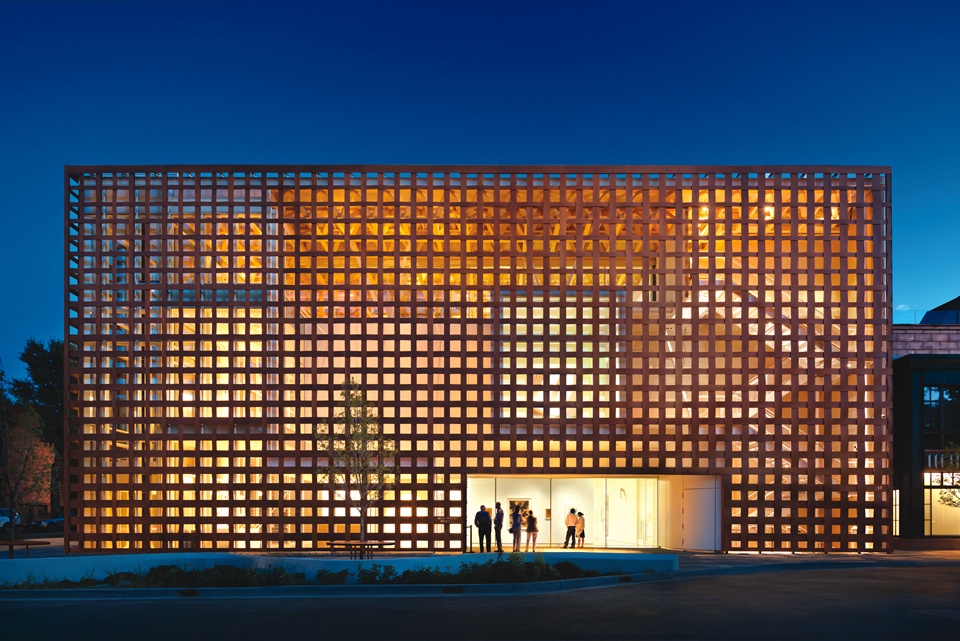
When the Aspen Art Museum reopened August 2014, it debuted to global fanfare. And just as impressive as the museum’s collection is its design, which comes courtesy of Japanese architect Shigeru Ban, winner of the 2014 Pritzker Prize (the architectural equivalent of the Nobel Prize). The $45-million, Ban-designed building is in the shape of a lattice-lined cube and encompasses 33,000 square feet of sunlit space. At 47 feet, it exceeds Aspen’s height limit for downtown construction, making it a source of some contention in a town known for its devotion to the natural environment.
“He’s an anti-monumental type of architect,” says the museum’s CEO and director Heidi Zuckerman Jacobson of Ban. “He doesn’t like buildings that are sculptures and kind of [put] down in a place without any context. He was really interested in [Aspen’s] surroundings.”
Specifically, the “undulations,” or lines that mimic the rise and fall of the horizon as it meets the jagged peaks of Aspen’s mountains, are reflected in the building. In the common area at the entrance to the museum, for instance, curved benches invite the public to pause for moments of quiet contemplation. Likewise, the latticework on the wooden screen that encapsulates half of the square building and its roof appears to be rolling. And inside, waves of cardboard tubing—Ban’s signature medium—cover the ceiling and form a wall of seating.
“The closer you look, the more it reveals to you,” Zuckerman Jacobson says of the design. Her hope is that guests will spend time observing the building—both its exterior and interior—to discover the myriad nuances and details that Ban meticulously added to the visual scheme.
The rest of his design features five gallery spaces and a top-floor cafe, as well as an outdoor exhibition space with stunning views of Aspen Mountain. Registered as a nonprofit, the museum is also a “kunsthalle” institution, meaning it’s used to show rather than to collect art. In keeping with this philosophy, the museum’s gallery exhibits will change frequently to remain relevant to current social, cultural and political issues.
“We don’t collect objects, but we collect artists,” Zuckerman Jacobson says. “We’re cataloging our own … history to show our institutional breadth.” The museum’s constantly updated galleries are intended to introduce visitors to a broad range of sculptors, painters, multimedia artists and even architects.
Though somewhat unconventional, the approach seems to be working: Though the museum has also received some criticism from residents and national media, it’s earned even more praise, putting Aspen on the map as a major player in the art world.
Down the Road
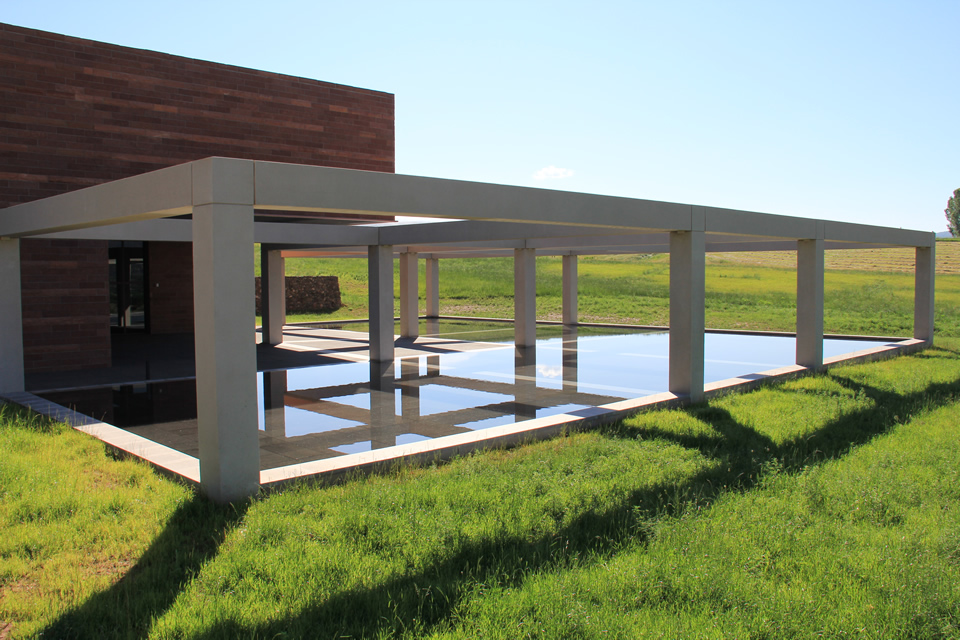
The Aspen Art Museum might have stolen the spotlight, but another prominent art institution also opened—albeit quietly—just 30 minutes from the city’s downtown area.
In a peaceful pasture outside of Carbondale, Colo., sits the Powers Art Center, an unassuming refuge that houses nearly 300 works by contemporary artist Jasper Johns, making it the largest collection of the American painter’s work in the world.
The 14,500-square-foot space remains open in perpetuity, entirely free to visitors—a tribute to Johns’ passion for sharing pop art with all people, regardless of socioeconomic status. The museum’s galleries were assembled by John and Kimiko Powers, ferocious admirers of Johns’ work; over the years, they amassed a collection of more than 300 of his lithographs on paper. The Powers Art Center serves as a public forum for people to both explore his works and conduct more in-depth research.
“The hope for the center is to not just expose the vast collection, but to really use the site as a learning opportunity,” says Barbara Hapgood, John Powers’ granddaughter and a board member for the Ryobi Foundation, which oversees the center. “We were trying to figure out a way to honor that passion and give back to the community that they were so passionate about.”
As new players like the Powers Art Center continue to infiltrate Aspen’s creative scene, more established veterans, too, are benefiting from the influx of arts patrons.
In Snowmass, the Anderson Ranch Arts Center had a stellar summer, presenting thought-provoking panels from Academy Award-winning filmmaker Steve McQueen, Chicago-based installation artist Theaster Gates, photographer Catherine Opie and more. Though the center primarily serves as a retreat for artists, it also strives to present challenging programming geared toward those who are simply interested in art, as well.
Similarly, the Red Brick Center for the Arts, tucked into Aspen’s West End, always has been an enclave for local artists, offering affordable workspace and lessons in a variety of disciplines. With a variety of still-life and oil-painting classes, the building is bustling like never before.
Generation Next
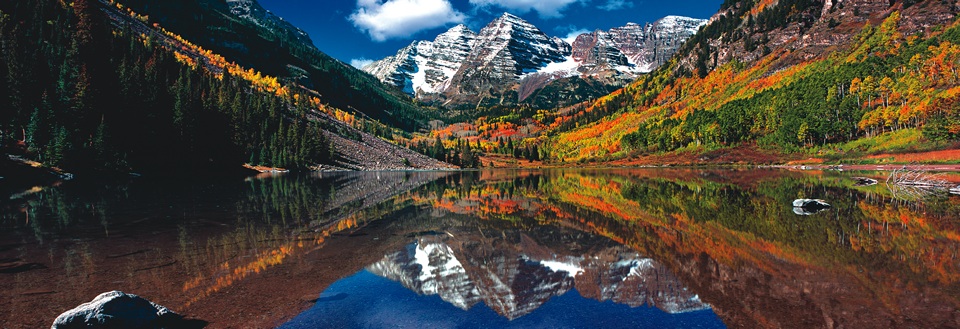
Downtown Aspen is also home to dozens of privately owned art galleries, many of which showcase both local and international artists—and even the government is taking notice. In 2013, Aspen received the Colorado Creative Industries Governor’s Arts Award for its role as a community that fosters arts and culture.
The breathtaking scenery of the mountain town is also particularly welcoming to landscape artists. World-famous photographer Peter Lik set up shop in Aspen with a gallery that sells prints of local landmarks like the Maroon Bells and the region’s namesake trees.
Though Lik achieved international success before landing in Aspen, other artists credit the area for their artistic accomplishments.
Stanley Bell is a Carbondale-based artist whose career has evolved since his time in the Roaring Fork Valley. He now has a working space at the Studio For Arts and Works, a collective in Carbondale that serves as a landing pad for more than 20 artists.
In an Aspen Times editorial published in August, Bell offered his thoughts on the new Aspen Art Museum, writing that it would inevitably attract a different type of visitor—the kind of discerning collector who’s more commonly found in cities like London and New York.
Since then, Bell has spent ample time exploring the museum, sketching in the top-floor cafe space and viewing the exhibits. “It furthers my education for what’s going on around the country,” he says, noting that as an artist who regularly shows around the U.S., having Aspen be at the forefront of the contemporary scene is a huge boon. The upward trajectory of Aspen’s art scene will only increase the area’s cultural vibrancy, adding an entirely new dimension to the city’s identity and boosting its profile for collectors and creatives alike.
Seeing is Believing
Art isn’t only found on the walls of museums and galleries in Aspen; check out the following local spots for even more visual splendor.
The Little Nell: Sprinkled throughout this five-star Aspen hotel are scores of original abstract works by globally based painters, sculptors and photographers. Currently on view are pieces from contemporary artists Rafael Vega, Angel Otero and Theaster Gates. (thelittlenell.com)
Harmony Scott Jewelry Design: One of Aspen’s best-loved jewelry boutiques is a treasure trove of handmade pieces from designer Harmony Scott, who creates one-of-a-kind styles using gemstones, pearls and precious metals. (harmonyscott.com)
Justice Snow’s: Who says cocktails can’t be art? Stop by this fan-favorite Aspen bar and restaurant for spectacular beverages that double as conversation pieces and include ingredients like rare spirits and custom infusions. (justicesnows.com)
—Written by Christine Benedetti


